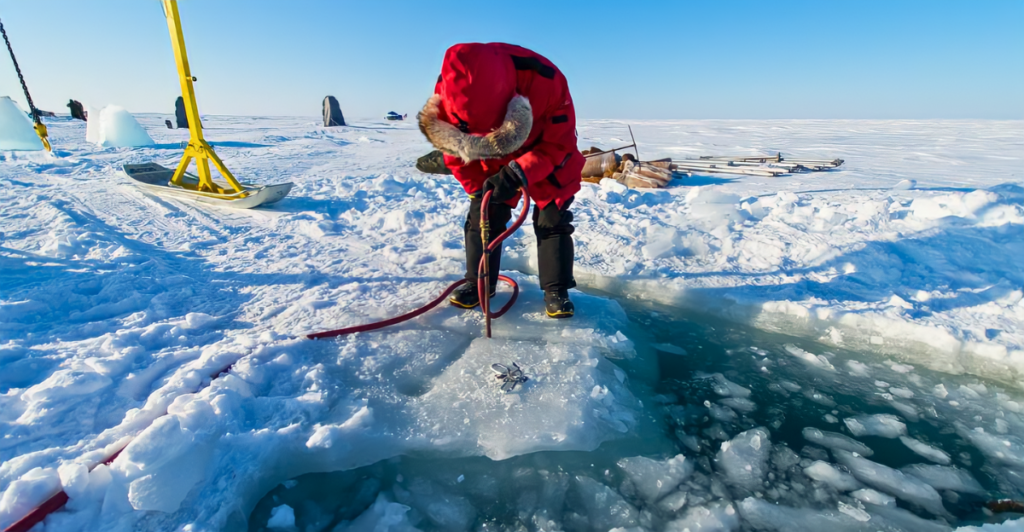
A certain creature was frozen for 46,000 years and came back to life, as if nothing happened. Scientists made this happen: they brought back a tiny nematode worm from Siberian permafrost. This is significant in biology, medicine, and possibly even space travel. Here’s why.
The Discovery of the Frozen Worm

The worm was found 37 meters deep and was recovered from the Arctic permafrost, permafrost meaning ground that remains frozen for 2 years straight atleast. The worm had been in a state of cryptobiosis, a state in which all metabolic activities halt and the organism is in a virtually dying condition.
What Is Cryptobiosis?
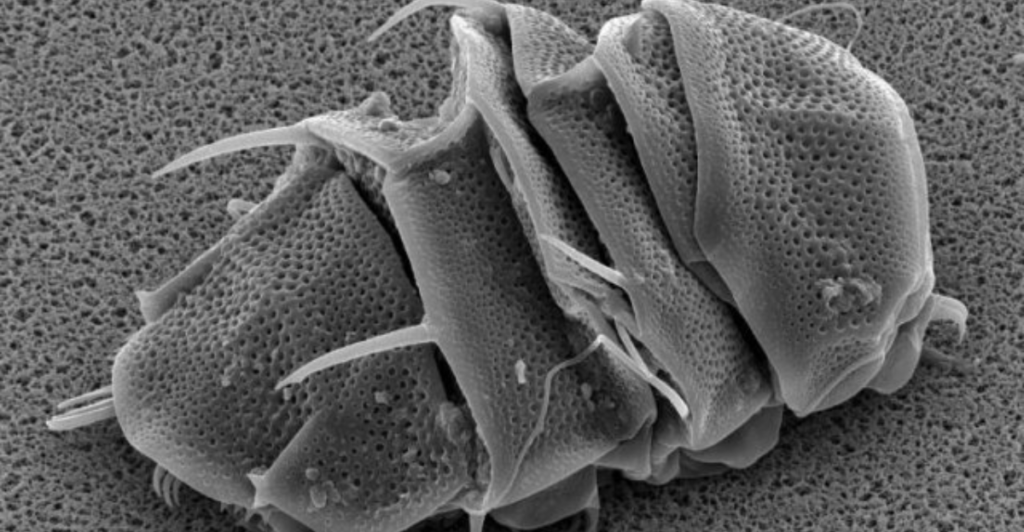
Cryptobiosis is a condition in which an organism almost dies, entering into a state of nearly complete dormancy, in order to survive extreme conditions. This ‘suspends’ the metabolism and can sustain life for tens of thousands of years. The only known example of this is the revived worm, Panagrolaimus kolymaensis.
Role of Permafrost as a Time Capsule
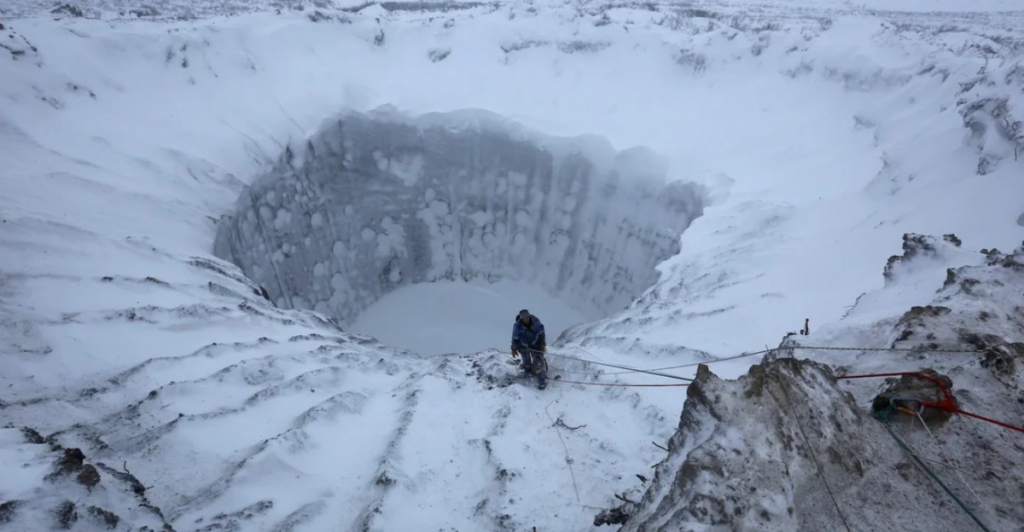
Siberian permafrost is one of the natural freezers which preserves organic matter for thousands of years. The worm was deep enough that it had not been disturbed since the Ice Age, when woolly mammoths and primitive humans walked the Earth.
The Science Behind the Revival
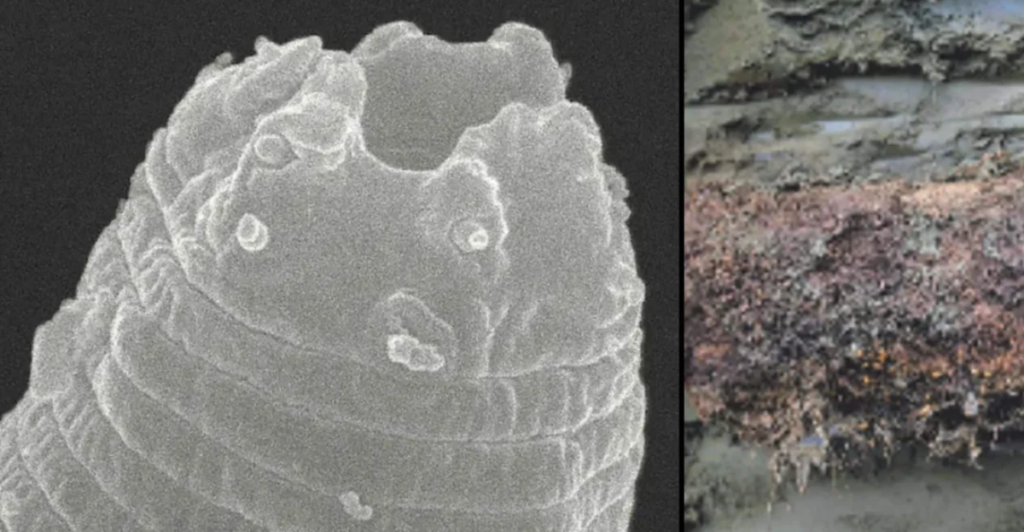
Dr. Philipp Schiffer and his team at the University of Cologne made the pioneering investigation. They described for the first time how the worm’s genetic basis for survival strategies influences our understanding of biology and ageing in their paper, which was published in PLOS Genetics.
So, Why Is This Worm So Special?
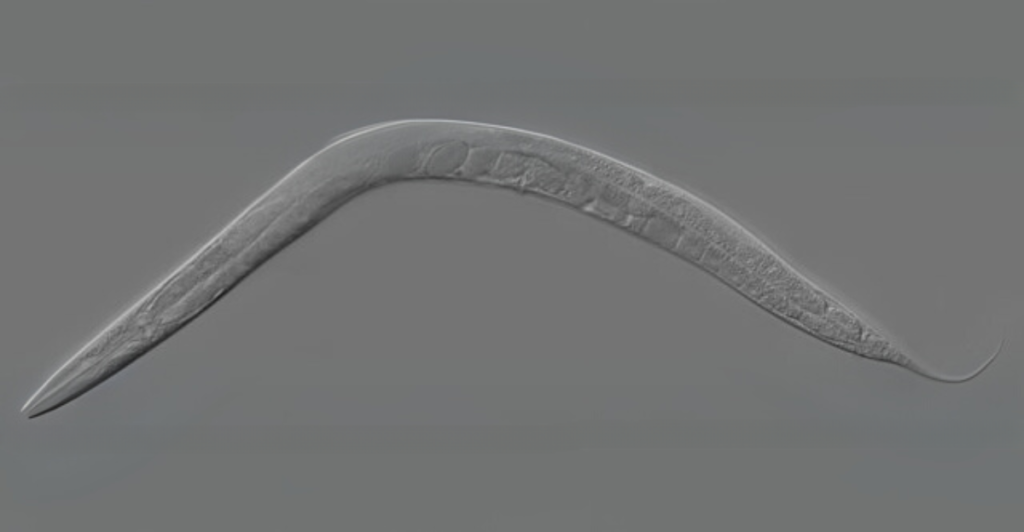
Genetic sequencing established that Panagrolaimus kolymaensis is representative of a hitherto undocumented genus. It has similarities with the popular Caenorhabditis elegans, but has some proteins and molecules that enable it to freeze and dehydrate.
Nature’s Own Antifreeze
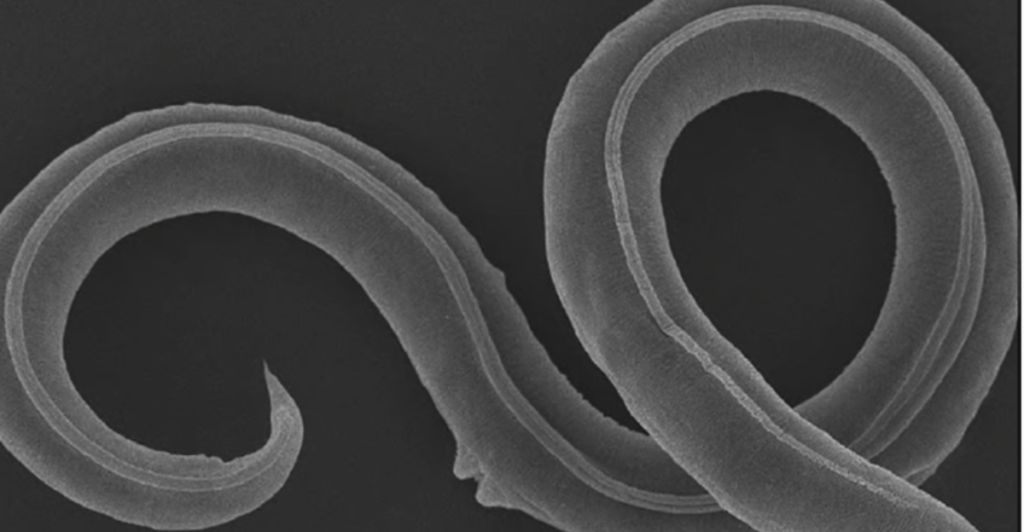
These worms, according to scientists, make biological antifreeze that keeps their cells from freezing even at low temperatures. If we learn how to do this, we might be able to preserve human organs and tissues, and even prolong human lifespan.
Can This Change Human Medicine?

If we are able to replicate cryptobiosis in human cells then human medicine will be transformed. Organs could be kept for use in transplants, thus eliminating shortages and saving many lives. The possibilities for suspended animation in medicine could be revolutionary.
Importance for Space Travel
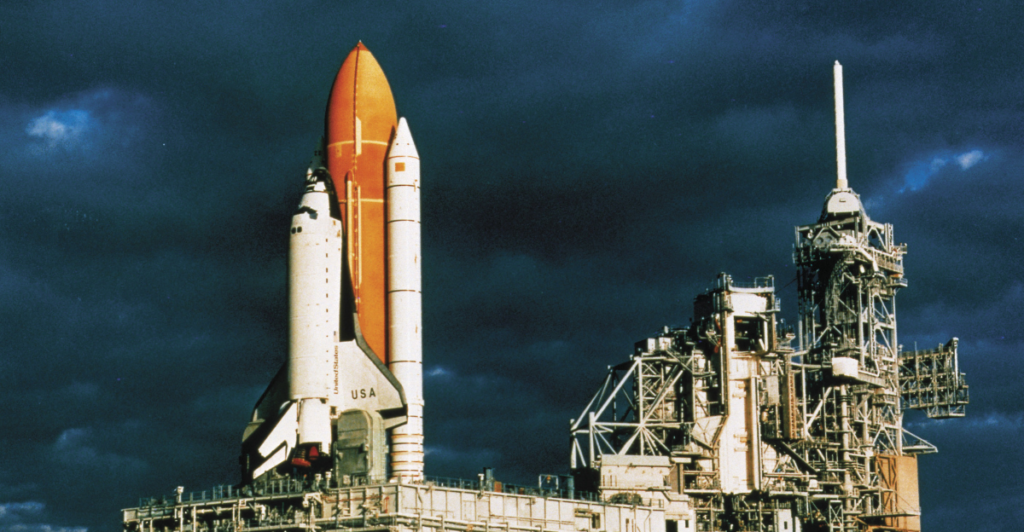
Long-duration survival needs are critical in deep space missions. If humans were to enter a cryptobiotic state, then one day, astronauts may be able to travel to Mars or even farther without suffering from the effects of ageing or a lack of resources.
Other Living Organisms That Cheat Death
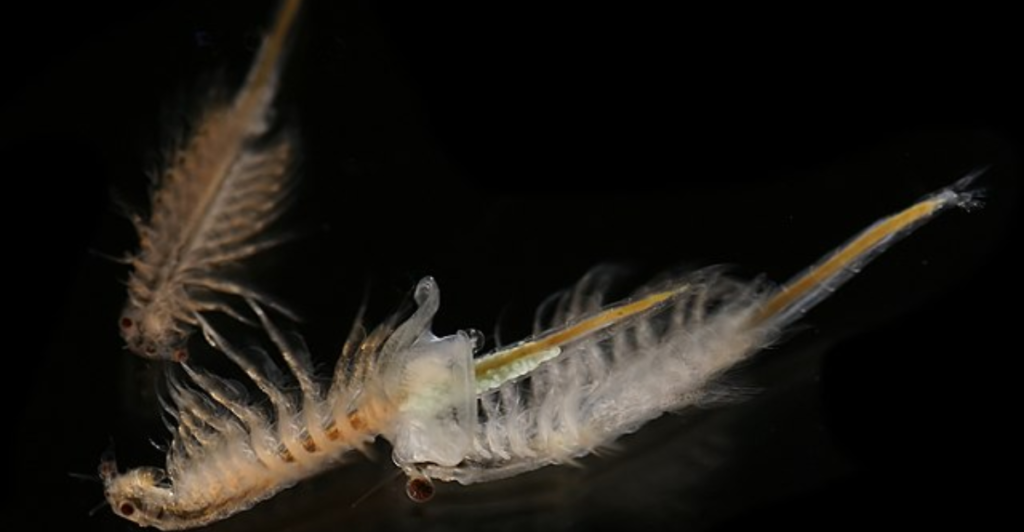
Tardigrades, or ‘water bears’, and brine shrimp also encrypt their genetic information to endure extreme conditions. But this nematode is the only known organism that has been frozen for as long, thus making it the longest living example of a surviving organism.
The Future of Cryopreservation
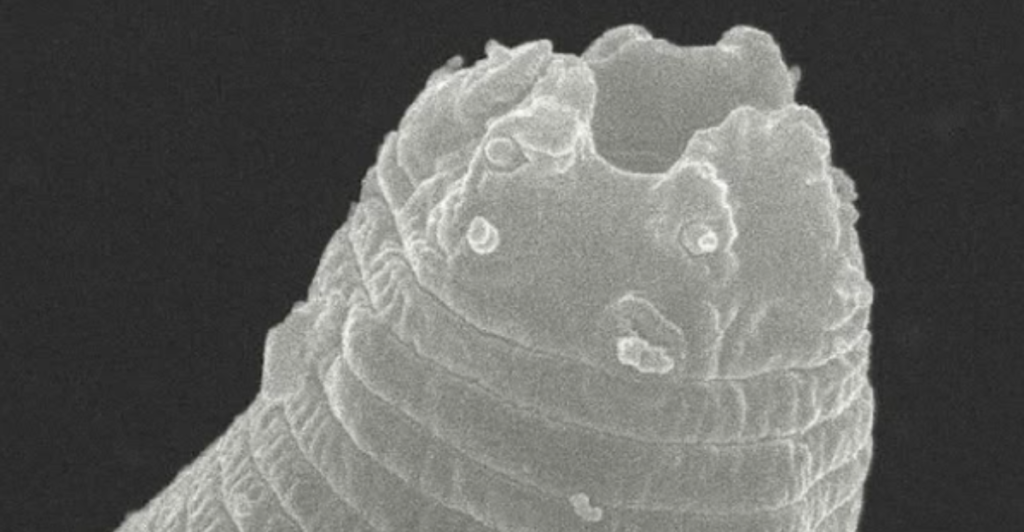
The study of this ancient worm is likely to shape biotechnology and the ways in which we preserve organs and preserve food long-term. What was once the stuff of science fiction is now slowly becoming reality.
Ethical and Environmental Concerns
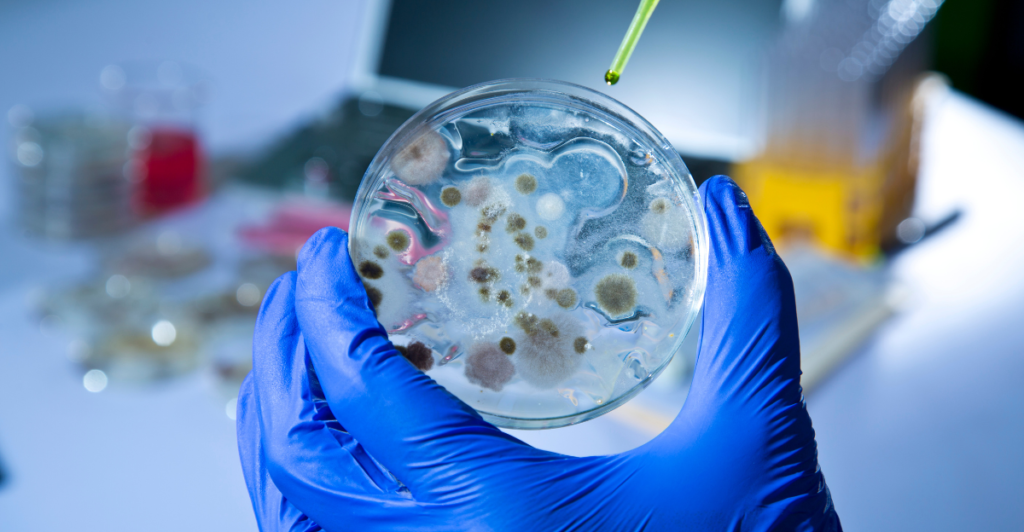
Reanimating frozen life forms can be seen as ethically problematic. Should we bring back more frozen entities? What if they bring new pathogens? This research is a huge leap forward for science, but it has to be approached with prudence.
A Little Worm With A Big Effect
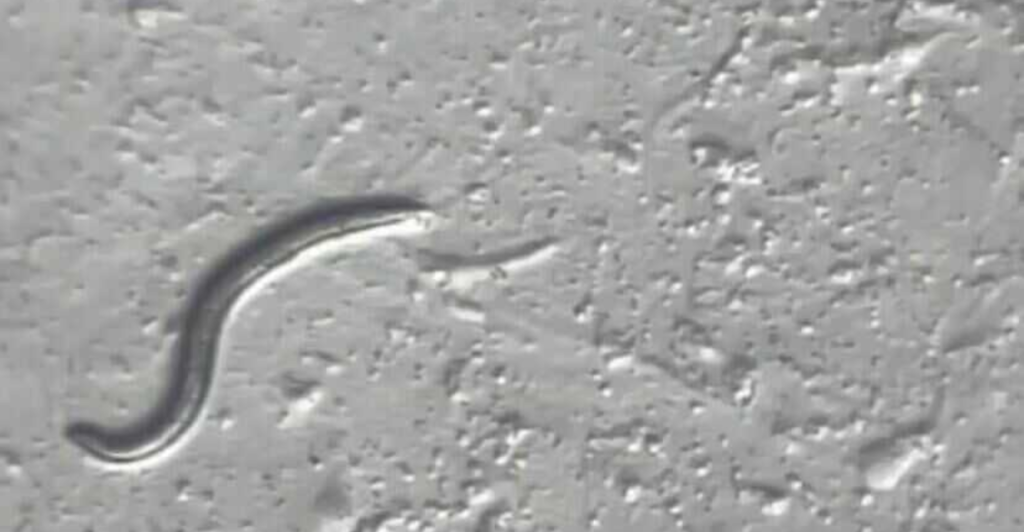
This 46,000-year-old worm is not just another biological curiosity; it is a testimony of the wonders of nature, history, adaptability, and evolution. With possible applications in medicine, space travel, and other areas of science, this find demonstrates that sometimes, even the tiniest beings hold the most surprising information.







